Measurement-induced localization of an ultracold lattice gas
Y. S. Patil, S. Chakram, M. Vengalattore
Physical Review Letters, 115, 140402 (2015)
arXiv:1411.2678 (2014)
Abstract
The process of measurement can modify the state of a quantum system and its subsequent evolution. Here, we demonstrate the control of quantum tunneling in an ultracold lattice gas by the measurement backaction imposed by the act of imaging the atoms, i.e., light scattering. By varying the rate of light scattering from the atomic ensemble, we show the crossover from the weak measurement regime, where position measurements have little influence on tunneling dynamics, to the strong measurement regime, where measurement-induced localization causes a large suppression of tunneling—a manifestation of the quantum Zeno effect. Our study realizes an experimental demonstration of the paradigmatic Heisenberg microscope and sheds light on the implications of measurement on the coherent evolution of a quantum system.
Brief Overview
The act of observation has profound consequences on a quantum system. In this work, we experimentally demonstrate the famous 'Heisenberg microscope' and show the dramatic effect of continuous position measurements on the evolution of a quantum system. In particular, we confine nanoKelvin temperature atoms within an optical lattice and show that the act of imaging these atoms induces their localization, i.e. suppresses tunneling. In other words, we freeze the quantum motion of these atoms simply by the act of gazing at them. This phenomenon, a manifestation of the quantum Zeno effect, has no classical equivalent.
The nature of measurement and its influence on a quantum system presents one of the foremost puzzles in our current understanding of quantum physics. Its ramifications include the intrinsic obstacles to 'ideal' measurements, the origin of the so-called standard quantum limit to measurement precision and the incongruity of such concepts when extended to the macroscopic domain (as encapsulated, for instance, in Schrodinger's famous cat paradox). Our experiments distil the essence of a position measurement by observing the effect of single photon scattering events on the spatial evolution of an atom. Furthermore, the tunability and simplicity of our measurement technique potentially allows it to be used as a valuable resource for the control of interacting quantum many-body systems.
Our two-photon imaging technique also allows us to tune the 'strength of the measurement', i.e. the rate at which the atoms scatter photons, over a wide dynamic range. As we gradually increase this measurement strength, we observe the continuous crossover from the regime of weak measurements, where the act of observation has negligible influence on the atoms, to the regime of strong measurements, where the act of observation causes a dramatic suppression of tunneling. This crossover behavior is an instance of emergent classicality in a quantum system due to continuous measurement.
Bibtex
@article{patilLocalization2015,
title = {Measurement-Induced Localization of an Ultracold Lattice Gas},
author = {Patil, Y. S. and Chakram, S. and Vengalattore, M.},
journal = {Phys. Rev. Lett.},
volume = {115},
issue = {14},
pages = {140402},
numpages = {5},
year = {2015},
month = {Oct},
publisher = {American Physical Society},
doi = {10.1103/PhysRevLett.115.140402},
url = {http://link.aps.org/doi/10.1103/PhysRevLett.115.140402}
}






